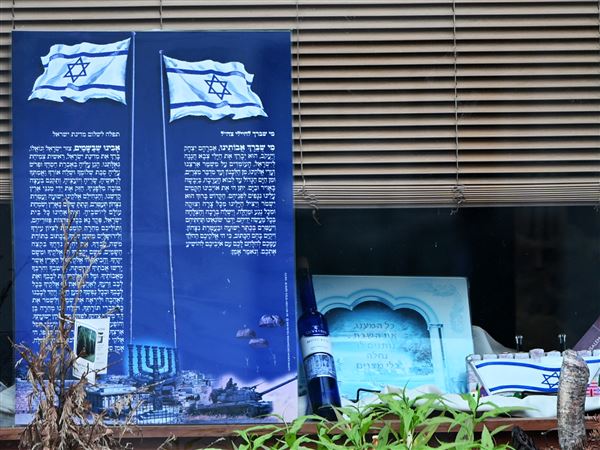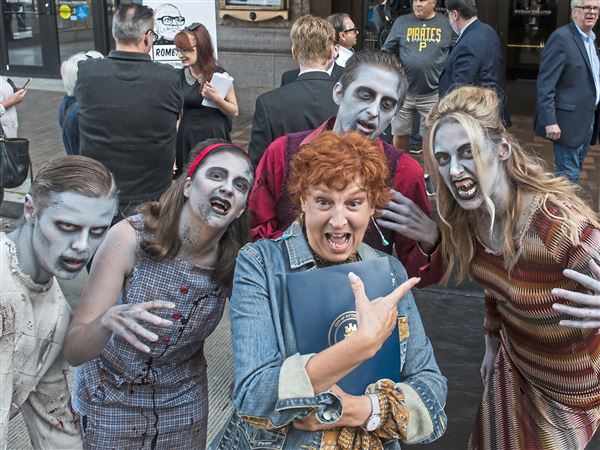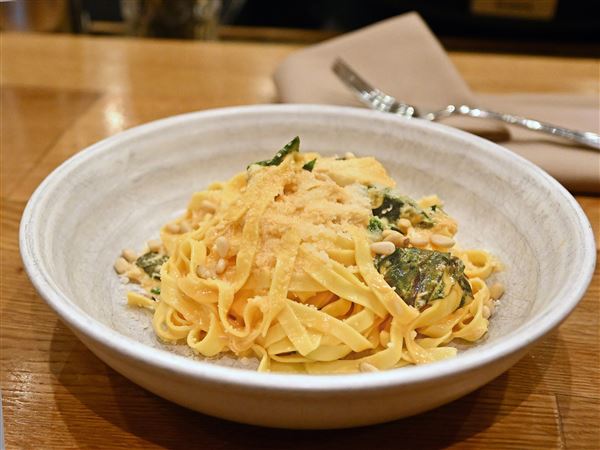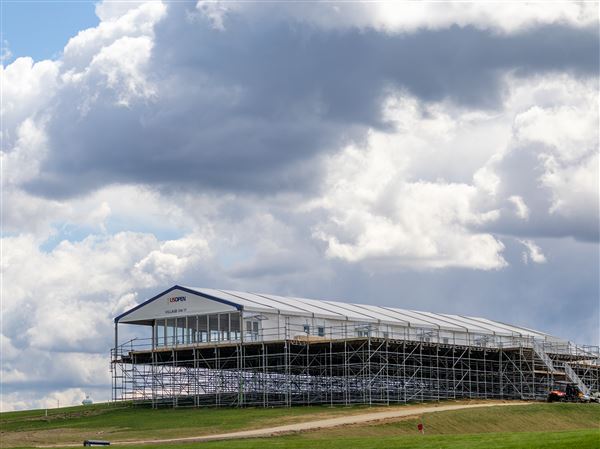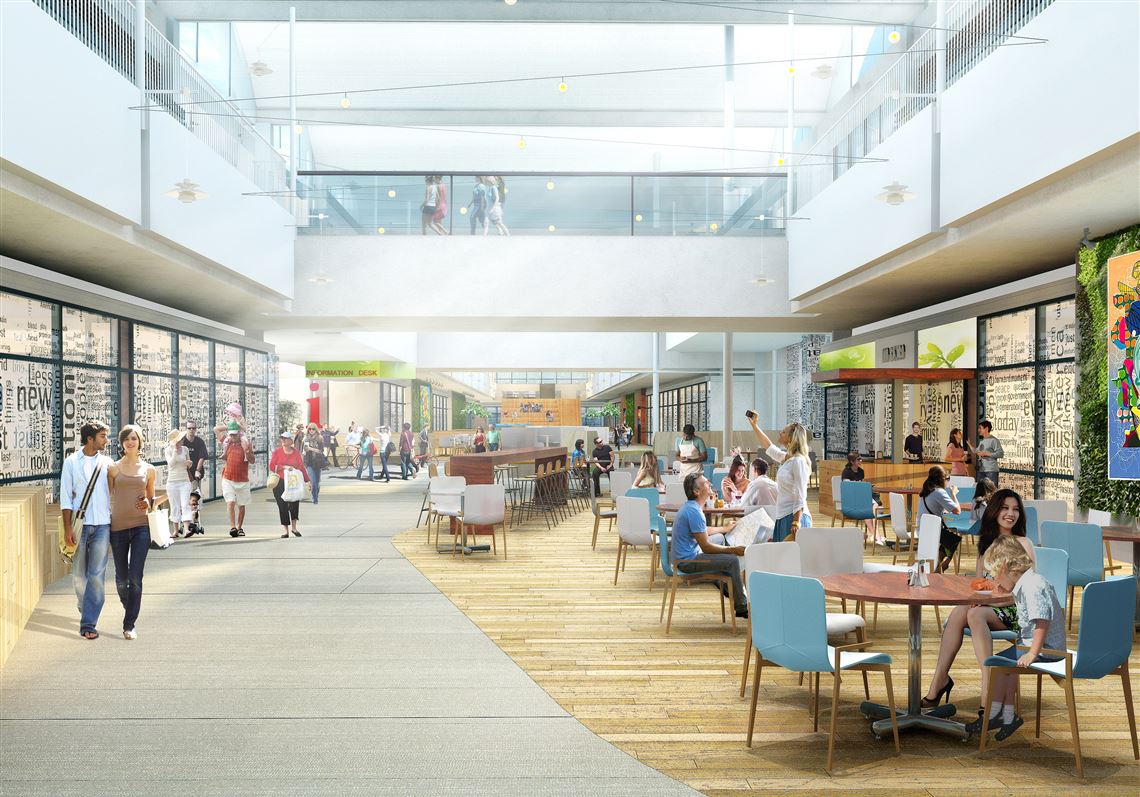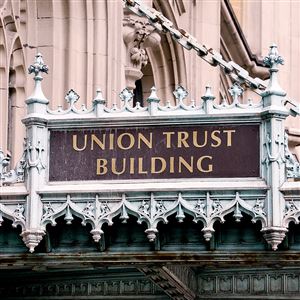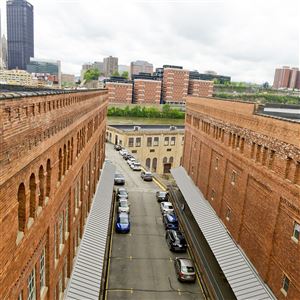Downtown finally may be crossing the rivers.
For years, politicians and civic boosters have tried to expand the boundaries of the Golden Triangle to include the North Shore, the Strip District, parts of Uptown and the lower Hill District, and the South Side near Station Square.
Now there’s evidence that reality may be catching up to wishful thinking, at least based on the latest State of Downtown Pittsburgh report, released Tuesday by the Pittsburgh Downtown Partnership.
Of the more than $636 million in projects announced last year in what the partnership refers to as “Greater Downtown,” 75 percent of them were outside of traditional Golden Triangle boundaries.
According to the report, 47 percent of the new investment was being made on the North Shore, though that’s in large part because of the redevelopment of the former Allegheny Center Mall into a tech hub. An additional 28 percent was tied to the Strip District, which has been a hotbed for office, residential and hotel projects.
Both of those areas exceeded investment in traditional Downtown, which accounted for 23 percent of the total.
“You’re definitely seeing the growth and expansion of the Golden Triangle into the surrounding neighborhoods,” said Jeremy Waldrup, the partnership’s CEO and president.
The movement toward the fringe also is reflected in the 320 building permits issued last year, an 83 percent increase over 2014.
Although the majority of those — 196 — were issued for the Golden Triangle, the Strip showed a 148 percent increase in the number of permits issued (62) and a 952 percent increase in project value, from $10.8 million to $113.3 million. The value Downtown, meanwhile, dropped 9 percent, to $82.6 million.
The 20 permits issued for the North Shore represented a 43 percent increase, and the total value of the projects jumped 674 percent. With 32, Uptown showed a 19 percent increase in the number of permits, and the value, at $6.7 million, shot up 25 percent. The South Shore saw 10 permits issued last year, a 100 percent increase over 2014.
Projects such as Nova Place at the Allegheny Center Mall and Oxford Development Co.’s 3 Crossings apartment and office complex in the Strip are helping to expand the traditional Downtown boundaries, Mr. Waldrup said.
There’s a good reason that developers are looking to the fringe to build, he added: Outside of the Cultural District, there are few places left Downtown to do so.
“You don’t really have any large swath of land available for those new developments,” Mr. Waldrup said.
There is the former Civic Arena site, although that technically falls in the lower Hill outside of the traditional Downtown boundaries.
Another factor is that many Class B or C office buildings Downtown have been converted to residential, tightening up the office market and forcing developers to look elsewhere to meet demand.
“It’s exactly what we want to see,” Mr. Waldrup said of the reapportioning by development of the Golden Triangle boundaries. “That’s where we find opportunities for people to call Downtown home in these neighborhoods sprouting up.”
In the future, Mayor Bill Peduto sees a “Golden Quadrangle.” In remarks coinciding with the release of the report, he said the key to making it happen is building connections.
“[Downtown] has to connect in real ways to everything happening on the North Side and into the Strip District and over into the South Side. And this idea of the Golden Triangle all of the sudden becomes the Golden Quadrangle or something,” he said.
As Downtown redraws itself, its population is becoming younger, according to the report.
Based on a resident survey conducted by the partnership, 52 percent of those living Downtown are under the age of 40, with 29 percent under 30.
In 2012, 45 percent of those living in the Golden Triangle were under 40. Overall, 4,852 people lived Downtown last year. That’s up 33.7 percent from 2010.
Mr. Waldrup attributed the population trend to more affordable studio and one-bedroom units being built Downtown, attracting younger renters.
Various studies have found that younger people are gravitating to downtowns, where they have access to restaurants, culture, sports and other forms of entertainment.
In Pittsburgh, younger residents have helped to support Downtown’s booming restaurant scene, where 23 new restaurants opened last year alone, Mr. Waldrup said.
Overall, 92.2 percent of the 5,882 apartments available in Greater Downtown were rented at the end of last year. That’s up slightly from 2014. The average rent was $1,717 a month for a one-bedroom and $1,915 for a two-bedroom.
The hotel market also continues to be hot, with 1,535 hotel rooms in the works over the next two years, representing a 28 percent increase over existing inventory. That’s on top of the 1,640 rooms that opened between 2010 and 2015.
Despite all the building, the report found annualized average occupancy rose from 64 percent to 69 percent between 2010 and 2015 and the average daily rate jumped from $140.75 to $162.05 over the same time.
Mark Belko: mbelko@post-gazette.com or 412-263-1262.
First Published: May 10, 2016, 8:04 p.m.
Updated: May 10, 2016, 8:49 p.m.

